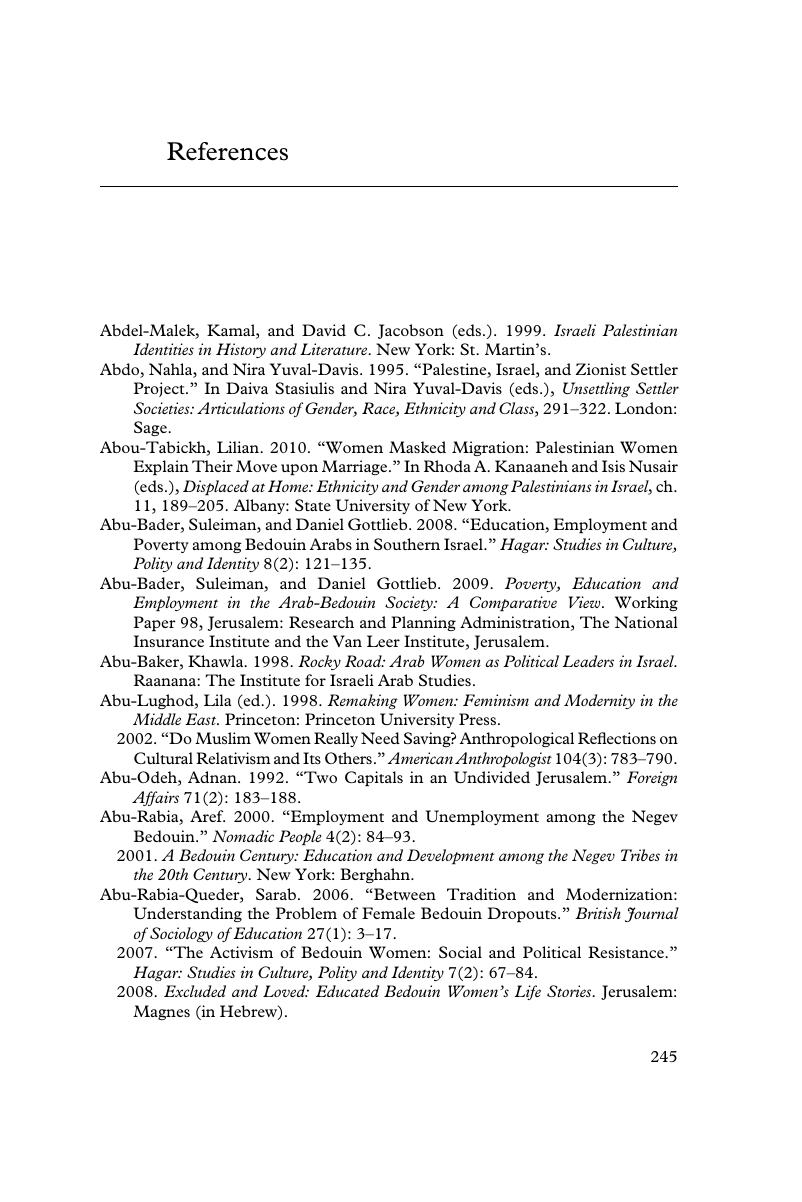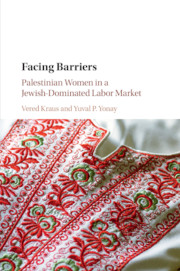Book contents
- Facing Barriers
- Facing Barriers
- Copyright page
- Dedication
- Contents
- Figures
- Tables
- Acknowledgments
- 1 Why Arab and Muslim Women Participate Less in the Labor Market Than Other Women
- 2 The Subordinated Citizens
- 3 Changing Demography
- 4 Slowly But Steadily
- 5 Limited Success
- 6 Far and Isolated
- 7 Residents But Not Citizens
- 8 The “Favorite Minority”?
- 9 The Half-Full Glass
- 10 Conclusion
- References
- Index
- References
References
Published online by Cambridge University Press: 06 March 2018
- Facing Barriers
- Facing Barriers
- Copyright page
- Dedication
- Contents
- Figures
- Tables
- Acknowledgments
- 1 Why Arab and Muslim Women Participate Less in the Labor Market Than Other Women
- 2 The Subordinated Citizens
- 3 Changing Demography
- 4 Slowly But Steadily
- 5 Limited Success
- 6 Far and Isolated
- 7 Residents But Not Citizens
- 8 The “Favorite Minority”?
- 9 The Half-Full Glass
- 10 Conclusion
- References
- Index
- References
Summary

- Type
- Chapter
- Information
- Facing BarriersPalestinian Women in a Jewish-Dominated Labor Market, pp. 245 - 279Publisher: Cambridge University PressPrint publication year: 2018



